Life
Sign up for our newsletter
We summarize the week's scientific breakthroughs every Thursday.
-
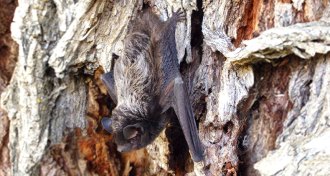 Animals
AnimalsBats are the main cause of rare rabies deaths in the U.S.
In the United States, bats are mostly to blame for rabies deaths, while rabies transmitted by overseas dogs comes in second.
-
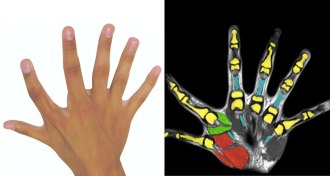 Health & Medicine
Health & MedicineExtra fingers, often seen as useless, can offer major dexterity advantages
Two people born with six fingers on each hand can control the extra digit, using it to do tasks better than five-fingered hands, a study finds.
-
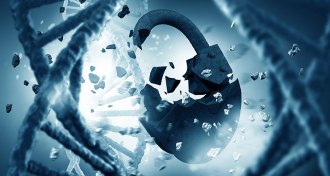 Genetics
GeneticsGenealogy companies could struggle to keep clients’ data from police
Police probably won’t stop searching DNA family trees to find crime suspects. New restrictions on database searches could spur more fights over privacy.
-
 Life
LifeSome fungi trade phosphorus with plants like savvy stockbrokers
New views show how fungi shift their stores of phosphorus toward more favorable markets where the nutrient is scarce.
By Susan Milius -
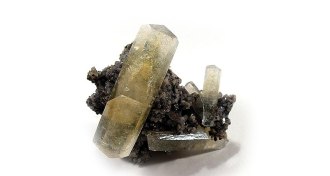 Chemistry
ChemistryCarbon plays a starring role in the new book ‘Symphony in C’
In Symphony in C, geophysicist Robert Hazen explores carbon’s ancient origins, its role in life and its importance in the modern world.
By Sid Perkins -
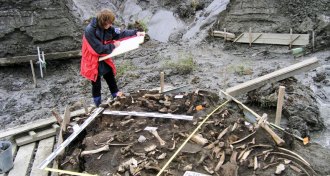 Genetics
GeneticsDNA reveals ancient Siberians who set the stage for the first Americans
A previously unknown population of Ice Age people who traveled across Beringia was discovered in Russia.
By Bruce Bower -
 Genetics
GeneticsAlmost all healthy people harbor patches of mutated cells
Even healthy tissues can build up mutations, some of which have been tied to cancer.
-
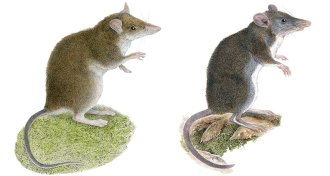 Animals
AnimalsWorms lure two new species of hopping rats out of obscurity
In the Philippines, scientists have identified two new species of shrew-rat, an animal whose limited habitat plays host to remarkable biodiversity.
-
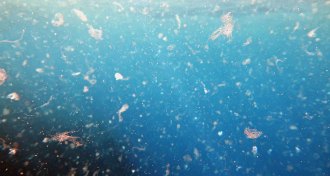 Oceans
OceansTiny plastic debris is accumulating far beneath the ocean surface
Floating trash patches scratch only the surface of the ocean microplastic pollution problem.
-
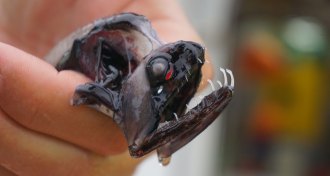 Animals
AnimalsTiny structures in dragonfish teeth turn them into invisible daggers
The teeth of deep-sea dragonfish are transparent because of nanoscale crystals and rods that let light pass through without being scattered.
-
 Environment
EnvironmentChemicals in biodegradable food containers can leach into compost
PFAS compounds from compostable food containers could end being absorbed by plants and later eaten by people, though the health effects are unclear.
-
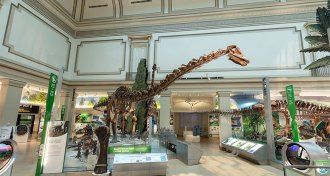 Science & Society
Science & SocietyThe Smithsonian’s ‘Deep Time’ exhibit gives dinosaurs new life
The Smithsonian’s renovated fossil hall puts ancient dinosaurs and other creatures in context.